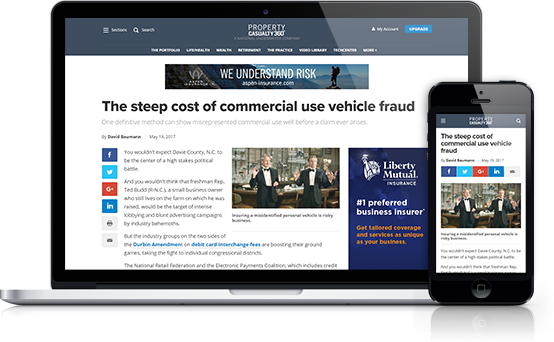Editor's note: Hemant Shah is CEO and president of catastrophe modeler Risk Management Solutions.
Superstorm Sandy was an extraordinary weather event, particularly given the destruction produced by its large storm surge in relation to the wind damage. Two weeks following the event, RMS issued its first and only estimate: insured losses would fall between $20 billion and $25 billion. So what goes into producing loss estimates and what have we learned about the art of post-event loss estimation from previous events?
Balancing the need for reliability with timeliness, we issued our loss estimate two weeks after Sandy made landfall. Our policy, based on extensive client consultation and a number of years of hard-earned experience, has revealed there is little benefit in rushing to publish and publicize an industry-loss estimate. It can be unhelpful if clients are forced to react to a modeler's estimate before we are even able to support their own internal estimations.
Recommended For You
Want to continue reading?
Become a Free PropertyCasualty360 Digital Reader
Your access to unlimited PropertyCasualty360 content isn’t changing.
Once you are an ALM digital member, you’ll receive:
- Breaking insurance news and analysis, on-site and via our newsletters and custom alerts
- Weekly Insurance Speak podcast featuring exclusive interviews with industry leaders
- Educational webcasts, white papers, and ebooks from industry thought leaders
- Critical converage of the employee benefits and financial advisory markets on our other ALM sites, BenefitsPRO and ThinkAdvisor
Already have an account? Sign In Now
© Touchpoint Markets, All Rights Reserved. Request academic re-use from www.copyright.com. All other uses, submit a request to [email protected]. For more inforrmation visit Asset & Logo Licensing.







